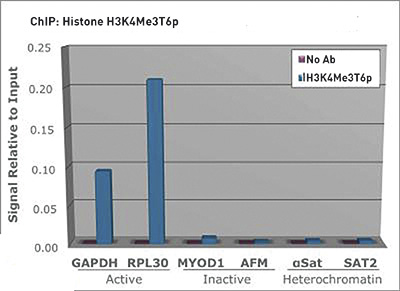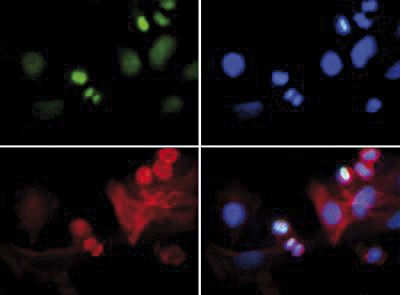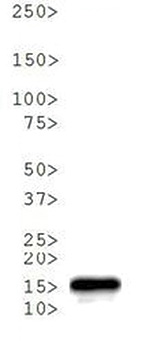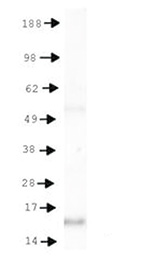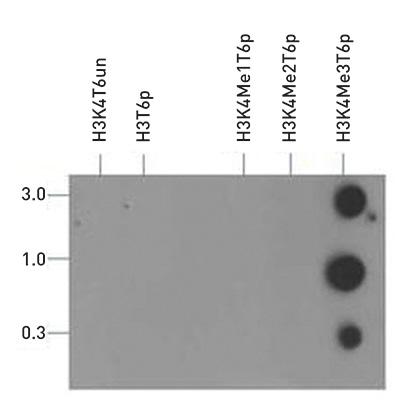Chromatin is the arrangement of DNA and proteins in which chromosomes are formed. Correspondingly, chromatin is formed from nucleosomes, which are comprised of a set of four histone proteins (H2A, H2B, H3, H4) wrapped with DNA. Chromatin is a very dynamic structure in which numerous post-translational modifications work together to activate or repress the availability of DNA to be copied, transcribed, or repaired. These marks decide which DNA will be open and commonly active (euchromatin) or tightly wound to prevent access and activation (heterochromatin). Common histone modifications include methylation of lysine and arginine, acetylation of lysine, phosphorylation of threonine and serine, and sumoylation, biotinylation, and ubiquitylation of lysine. In particular, trimethylation of lysine 4 on H3 (H3K4Me3) is a well known mark of gene activation. However, the role of phosphorylation at threonine 6 on H3 (H3T6p) is more obscure. Yet recently, the two modifications have been shown to interact with each other. When H3T6 is phosphorylated by protein kinase C beta 1 (PRKCbeta), the histone demethylase LSD1 is prevented from removing methyl groups from H3K4. This same study also correlated high levels of T6p and PRKCbeta as a possible marker for prostate cancer, as well as tumor progression in xenografts.


